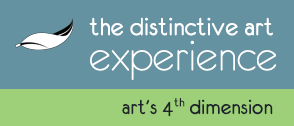Positive Sensory Distraction
Imagine, being an autistic child’s parent, and looking forward to your child’s next doctor’s appointment! Waiting in an environment that provides positive sensory distraction, allowing you and your child to interact and de-escalate prior to conversing with the doctor.
We all constantly use our senses to absorb and understand the world around us. People with autism struggle with either hyper-sensitivities (over-stimuli) and/or hypo-sensitivities (under-stimuli) to a wide range of elements, including sight, sound, smell, taste, touch, balance, social interaction, and body awareness. Fears associated with a doctor visit can cause sensory overload, meaning the brain has trouble sorting information, resulting in an anxious child and stressed parent. Being able to change or control the amount of sensory stimulus in a room provides an ability to create positive distractions while engaging numerous senses. One type of engaging sensory component that can help autistic patients reach a calmer place is an interactive display of light and sound sensitive tiles.
Check out one of our employee’s son using Nanoleaf’s Rhythm Edition Light Panels for the first time!
In the video you are seeing free-form, preprogrammed triangular light panels sync with music, “transforming favorite songs into dancing symphonies of color and light” help create a focal point that provides calming sensory stimulation. Built in sensors allow audio changes to automatically be detected. LED lights que to change color or intensity, creating a fun interactive environment as you snap, clap, touch, and sing along. Rhythm Edition Light Panels, by Nanoleaf, are featured in the video above.
DAS recently installed Nanoleaf’s Rhythm Edition Light Panels in the perioperative suites at Dayton Children’s Hospital as a way to help calm their young patients prior to surgery. The installation went smoothly and the technology seamlessly synced to provide a new and playful experience for patients, families and staff. We look forward to staying in touch with the nursing staff to chronicle the results over the next number of months.



